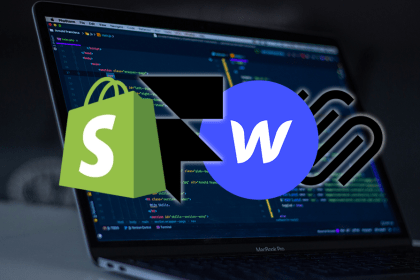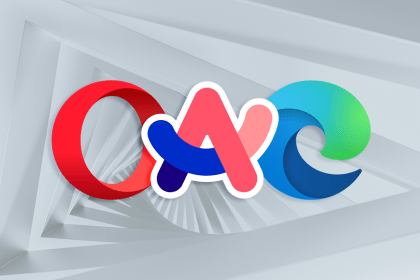
A data product manager (DPM) is a type of PM who specializes in managing products that are heavily reliant on data.

With drag-and-drop interfaces, no-code website builders allow designers to focus on creativity rather than technical implementation.

Learn how to access previous props and state in React using useRef, useState, usePrevious, and useEffect hooks effectively.

A product owner sets the direction, keeps the team focused, and ensures that the product becomes a source of value.

Suhas Reddy discusses the principles of human-centric design and its emphasis on delivering products in the context of the customer.

Cookies are crucial to web development. This article will explore how to handle cookies in your Next.js applications.

UX leaders need to keep close contact with other stakeholders to get help. Here’s how to communicate with stakeholders in your organization.

ref() and reactive()Explore Vue 3’s Composition API and the ref() and reactive() functions for implementing efficient reactivity.

Use the Tempo library to format dates and times in JavaScript while accounting for time zones, daylight saying time, and date internationalization.

By prioritizing brand equity as a key driver of success, you can build enduring relationships with your customers.

Are we experiencing a new age of browsers? Let’s break down the UX design of the most popular browsers and upcoming stars.

Priyankka Mani talks about how emotional intelligence ties closely to outcomes and how empathy and curiosity are key to enhancing learning.